Interview With Alice Hendrickson On Art, Kurds And Turkey

It is hard to believe but true. It's been ten years (2014) since I first interviewed artist Alice Hendrickson. This was during the period of brutal rampage by the terrorist organization ISIS through parts of the Middle East culminating in the siege of Kobani, a town in northern Syria.
I was covering the story for various news platforms in New York City and would eventually travel to southern Turkey to witness the Kobani battle from the Turkish side of the border. In preparation for my journey I interviewed Alice Hendrickson who was having an art exhibit in Brooklyn entitled "Kurds: The Struggle."
The Kurds of course were instrumental in driving back ISIS and ultimately liberating Kobani from its oppressors.
Hendrickson had extensive knowledge of the area having traveled to southern Turkey many times and in fact her artwork documents the region and the Kurdish population who live there. It was with great enthusiasm that I received a recent invitation from Alice to her lecture on Kurdish woodcuts at the National Arts Club on Gramercy in Manhattan.
The struggle of Kurds in the region is an ongoing concern. In fact just today (29 May 2024) it was reported that a cafe owner in the southeastern Turkish province of Diyarbakır was arrested for speaking Kurdish to his customers.
"For generations," Hendrickson told me, "the Kurds in Turkey were forbidden to speak, sing, give Kurdish names to children, or to wear traditional costumes. Ataturk (Mustafa Kemal) claimed that Turkey is 'bound by an invisible unity,' therefore all living in Turkey are Turkish, all must speak Turkish . . . Ataturk’s goal was complete assimilation."
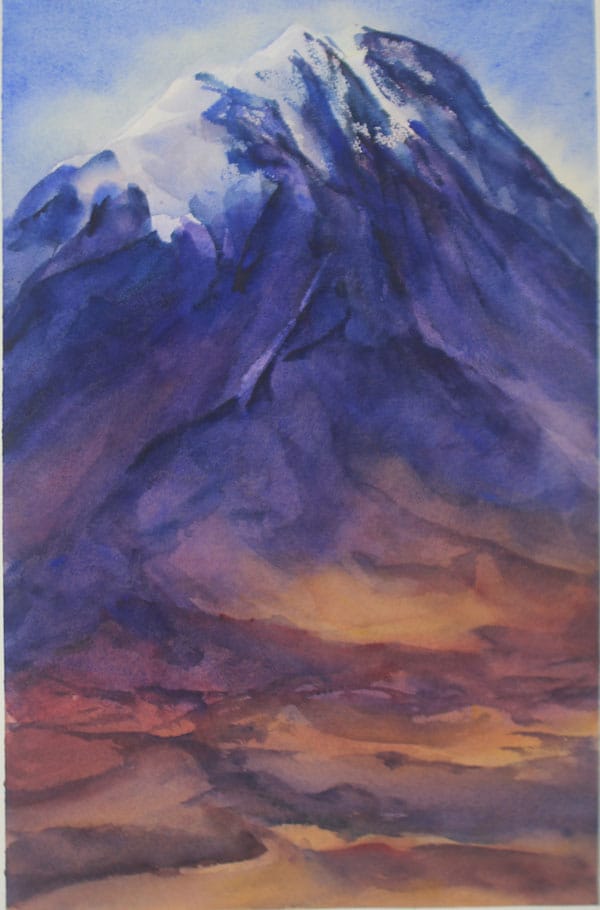
Alice Hendrickson was born in Frederick, Maryland in 1949. She studied at the University of New Mexico, Corcoran School of Art, finishing her studies with an MFA from Utah State University. She specializes in woodcuts and watercolors. She has travelled the world to gain inspiration for her art work but has a particular fondness for southern Turkey and the Kurds who live there.
Hendrickson told me: "I began making annual trips to the Kurdish regions of Turkey in 2000, after having seen a tourist poster of Isak Pasa, a palace on the Silk Road in Doğubeyazit. The photograph of the surrounding mountains were forms I wanted to try painting with watercolor."
Southern Turkey is a sight to behold with breathtaking beauty however it is an ongoing conflict zone with inherent risks.
"A tour agent said the region was forbidden due to PKK (Kurdish Workers Party), which had been taking action that spring," Hendrickson explained. "The PKK are the guerrilla fighters who want to establish at least an autonomous Kurdish government in their traditional lands along the Syrian, Iraqi and Iranian borders with Turkey. The PKK are always labeled a terrorist organization by the US, UK and EU."

I was curious to know if she encountered any personal risks as she worked as an artist under such tense conditions. She explained:
"After staying in Doğubeyazit for weeks at a time, a member of Jitem, the secret military personnel would visit the businesses where I would sit socializing with locals. In the 1970s and ‘80s the Jitem were responsible for disappearing, imprisoning and torturing Kurds and dissidents.
"Between 1980 and 2010 between 3000 and 5000 were murdered by Jitem. Shop owners were asked what I was doing there, what questions I asked, who I knew? My husband was a professor at Ataturk University in Erzurum for a year, the most conservative and nationalistic city in Turkey, which provided us with legitimate travel throughout the country."
While she was in Turkey, her woodcuts were given a large exhibition in Diyarbakir’s Cegerxwin Culture Center. This resulted in negative fallout for those involved and is an example of the conditions people there are living under. Hendrickson explained:
"The woman who organized the show has had to leave the country due to the threat that she was to be imprisoned, as her fellow workers of the Kurdish party had been. There was a trial held in her absence after she sought refuge in the US. One of the three reasons for charge of disloyalty was my exhibition. This occurred after the election of many Kurdish politicians, which had shocked the ruling AK party, the Justice and Development Party of Erdoğan.
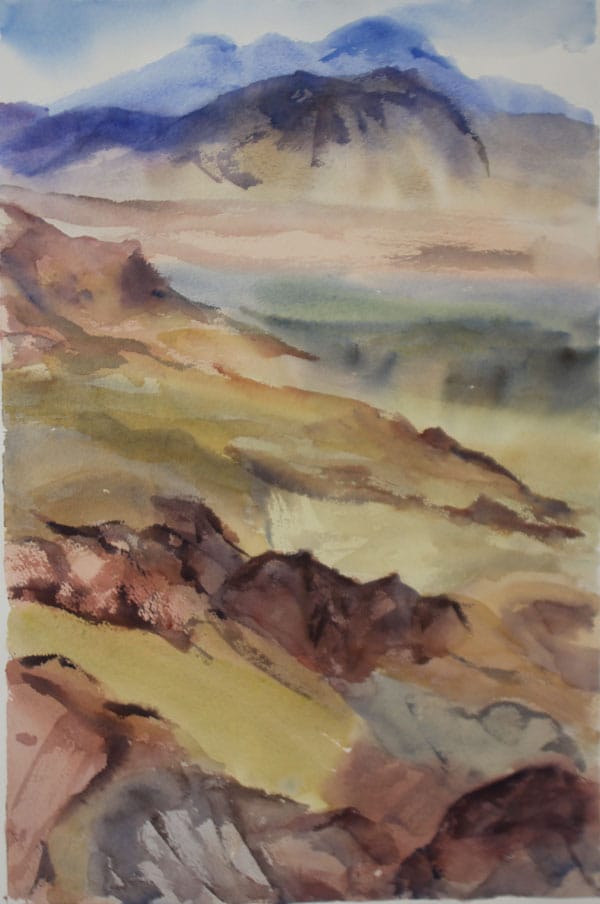
"The leader of the HDP Kurdish party (People’s Democratic Party), Selahattin Demirtas was imprisoned and charged with support of the PKK. He has been in prison without trial since 2016. Many mayors and other politicians in the Kurdish party were also imprisoned."
Southern Turkey has a rich historical background and in fact Mt. Ararat has been noted as a landing spot for Noah's Ark. I asked Hendrickson about this fascinating proposition. She explained:
"Ordinarily tourists travel to Doğubeyazit to either climb Mt. Ararat or to see where Noah and ark supposedly landed. There are some who believe Noah literally landed there. They collect rocks they believe are fossils of the vessel itself. That region of mountains is formed with sedimentary rock, giving pieces of rock a layered structure similar to wood grain.

"The Kurds I have spoken to believe that Noah landed on Mt. Cudi—the name given in the Quran (11:44). A mountain named Cudi is in the Sirnak region, along the southeast border of Turkey with Iraq. My friend Osman believes the name Cudi could have been used for a mountain, possibly Ararat, but where does not matter ... What is important to him is to believe the story that has existed."
Alice Hendrickson has recently published Life in the East: Kurds, from Printed Matter, Inc. ( https://www.printedmatter.org/catalog/61726/ ) The book features 64 woodcut prints portraying lives of Kurds in the Kurdish regions of Turkey with written descriptions in English, Kurdish, and Turkish.
Hendrickson explained some of her motivation to keep pressing on with her art, saying, "Over the years there have been times I have been deeply troubled by events. The only way I can process or deal with the news or image is to cut it into wood. My friend the Jesuit priest and anti- war/anti-nuclear activist Dan Berrigan wrote simply: “What draws you to draw them.” I need to—it is my life."
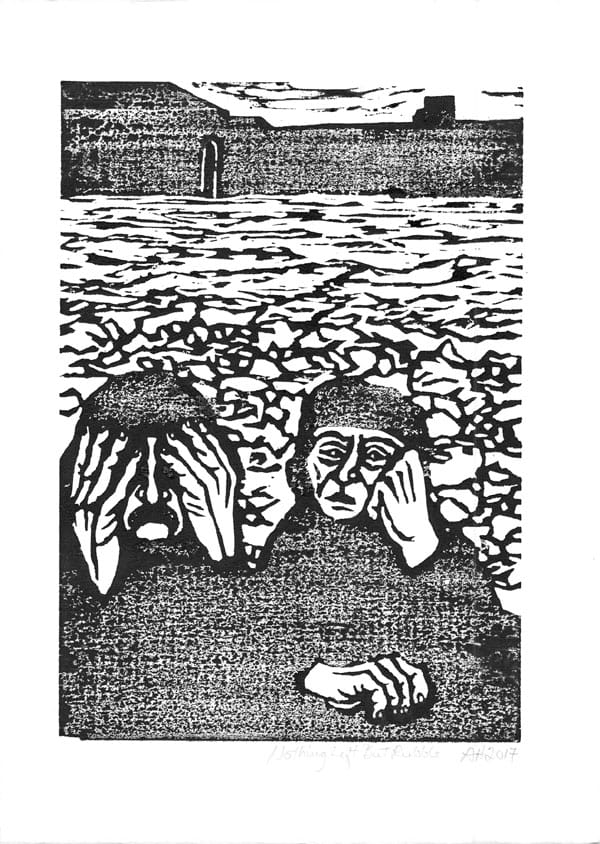
Life in the East: Kurds, by Alice Hendrickson
Availbable at Printed Matter in New York City, (231 11th Ave, New York, NY)
https://www.printedmatter.org/catalog/61726/
Available at Pirtukakurdi in Diyarbakir, Turkey
Alice’s web site is: http://alicehendrickson.com/
For anyone that wishes to purchase any of the woodcut prints or watercolor paintings they should contact Alice directly.
Alice’s email address is: xeltiah@gmail.com
References:
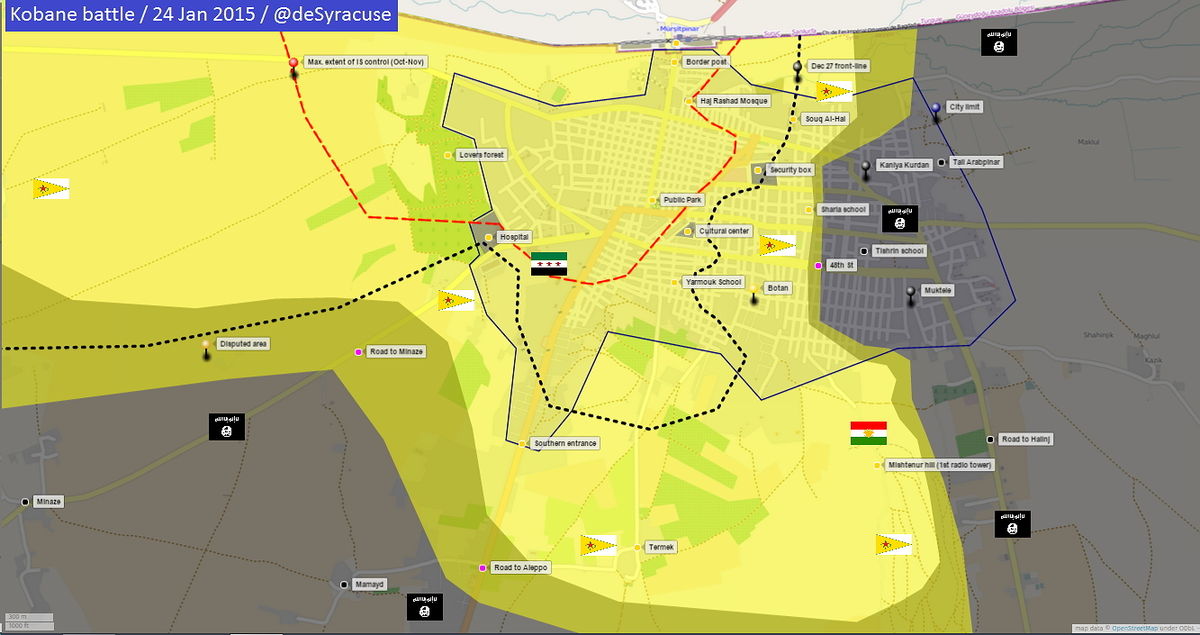
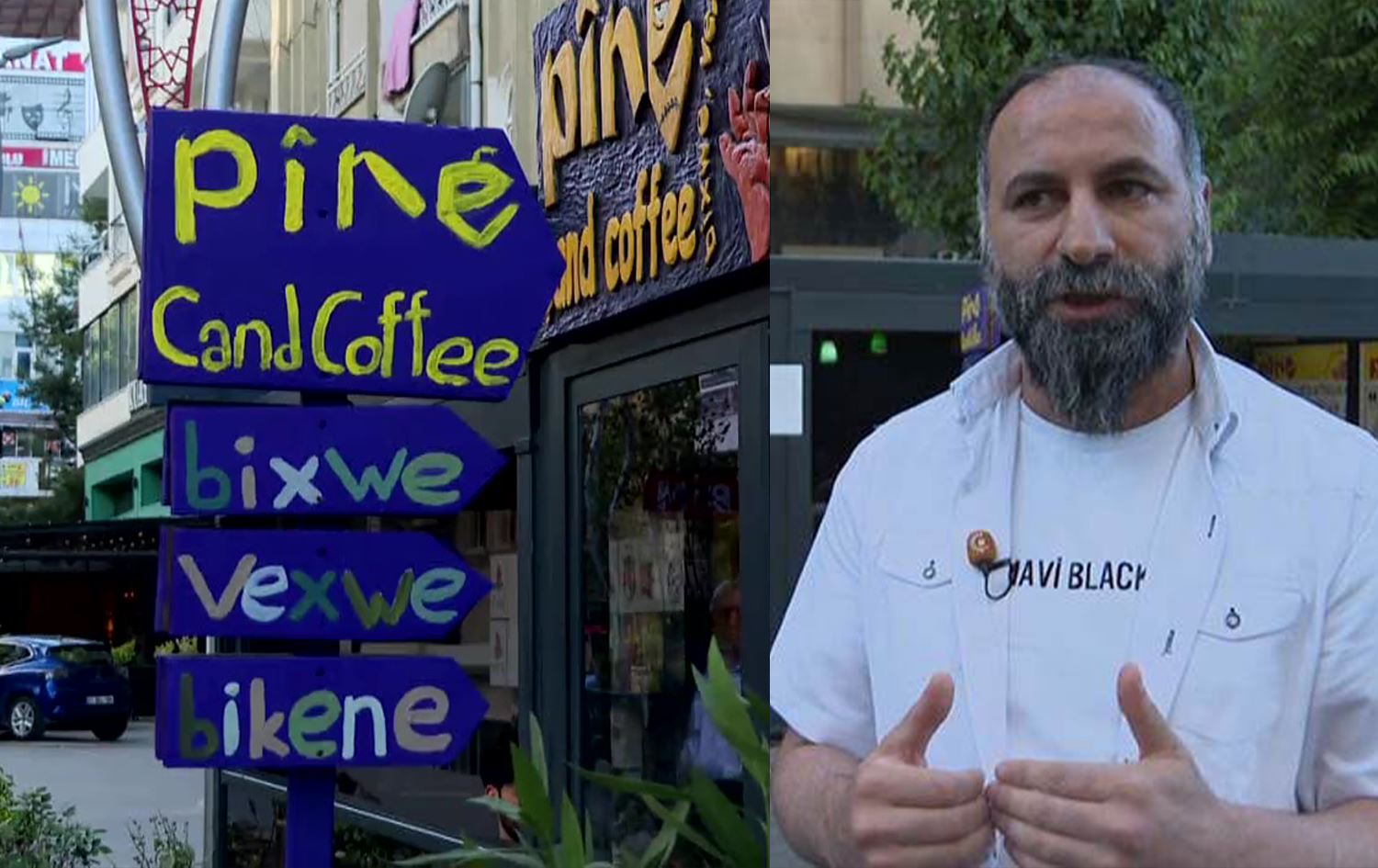

Andrew K. Arnett is a writer and producer. He has been published in Paranoia Magazine, New Dawn, Nexus, Konbini and Alien Buddha Press. He lives in Brooklyn, NY and hunts ghosts with the Brooklyn Paranormal Society. Find him on Twitter: @AndrewArnett



